The first ABS
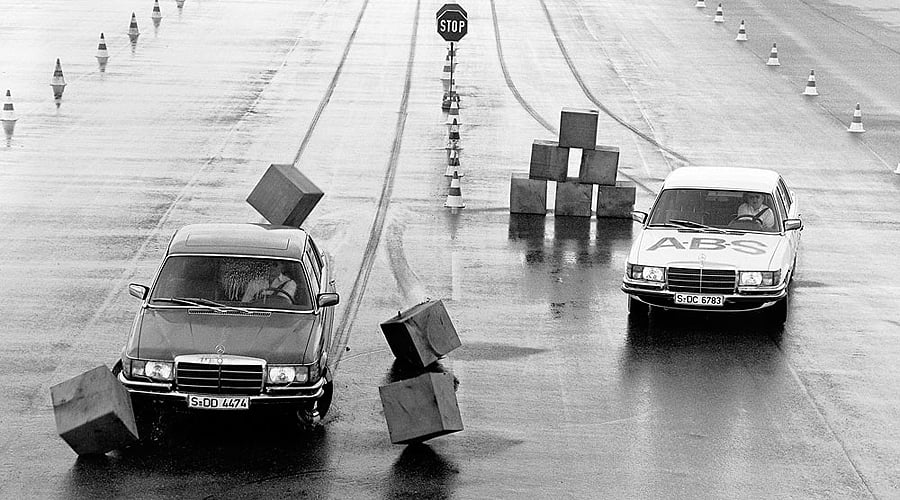
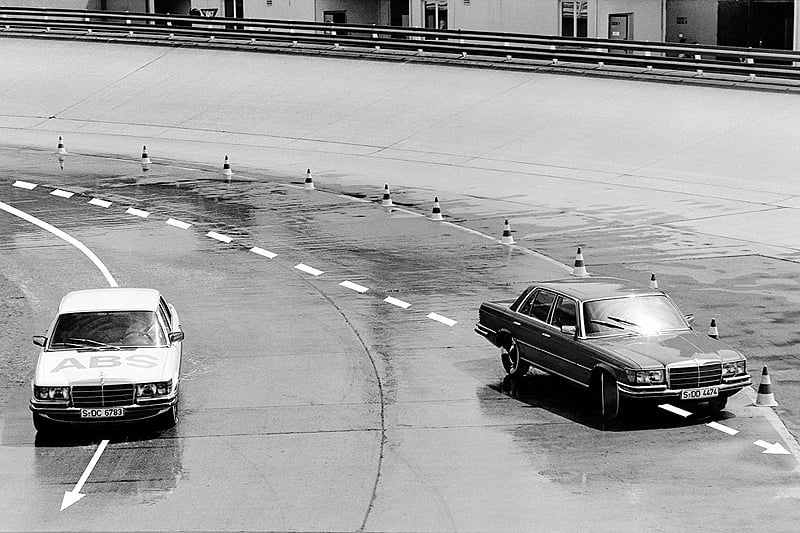
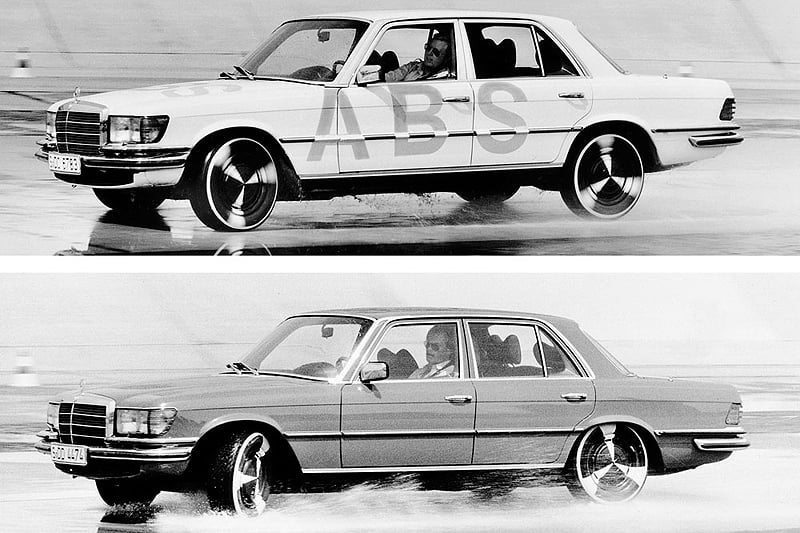
From the autumn of 1978, Mercedes-Benz offered the 450 SEL 6.9 W116 series, boasting optional anti-lock brakes that had been developed in partnership with Bosch. While ABS is today taken for granted in even the smallest and cheapest production cars, its launch in the ‘6.9’ created a sensation.
Unprecedented potential
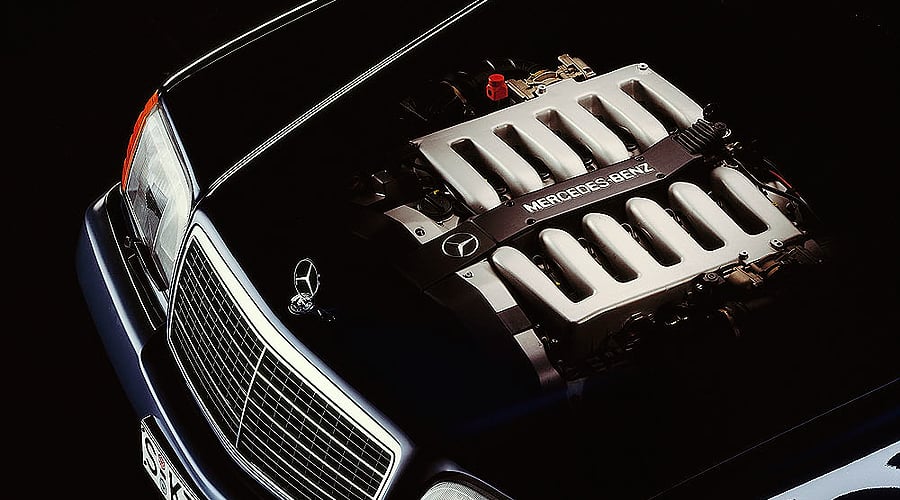
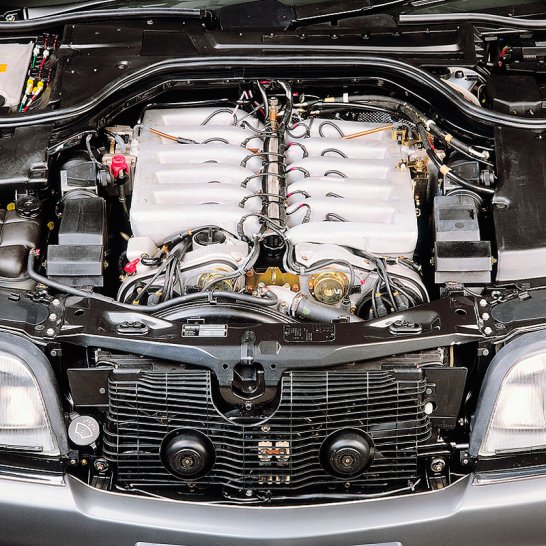
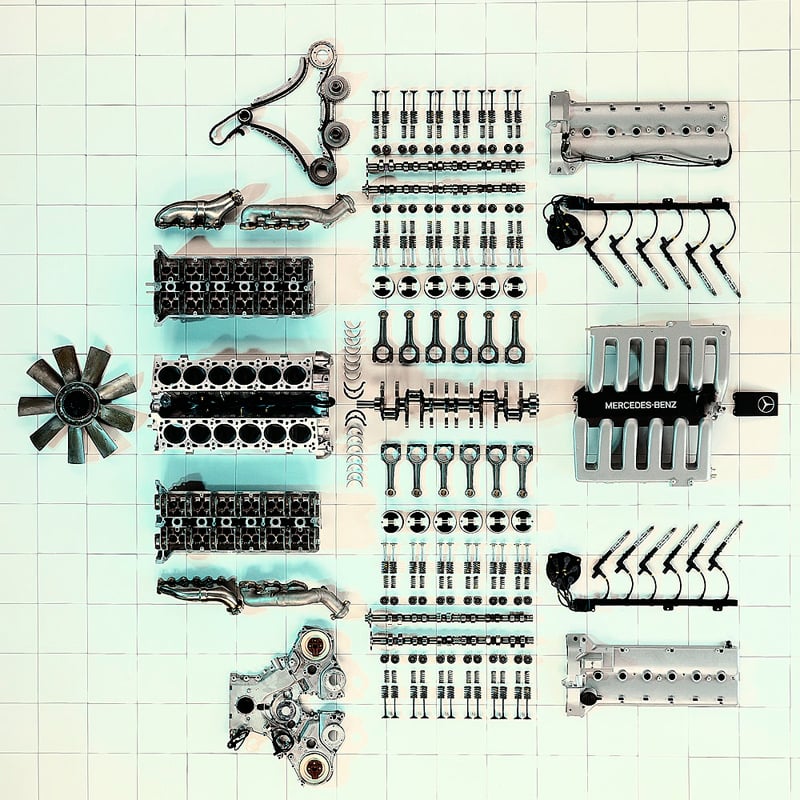
Not only was the 6.0-litre V12 W140 the first mass-produced 12-cylinder Mercedes-Benz, but with a rated output of 408HP it was the most powerful Mercedes-Benz passenger car engine of its time.
Forerunner of the luxury diesels
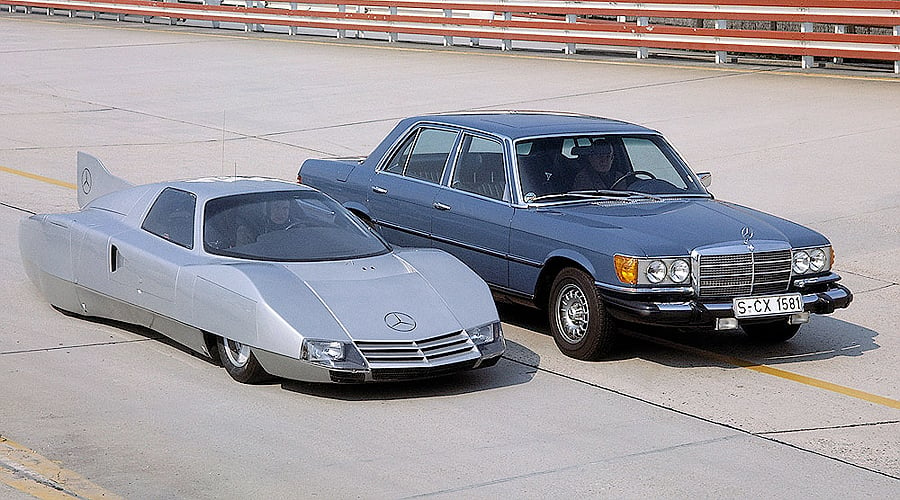
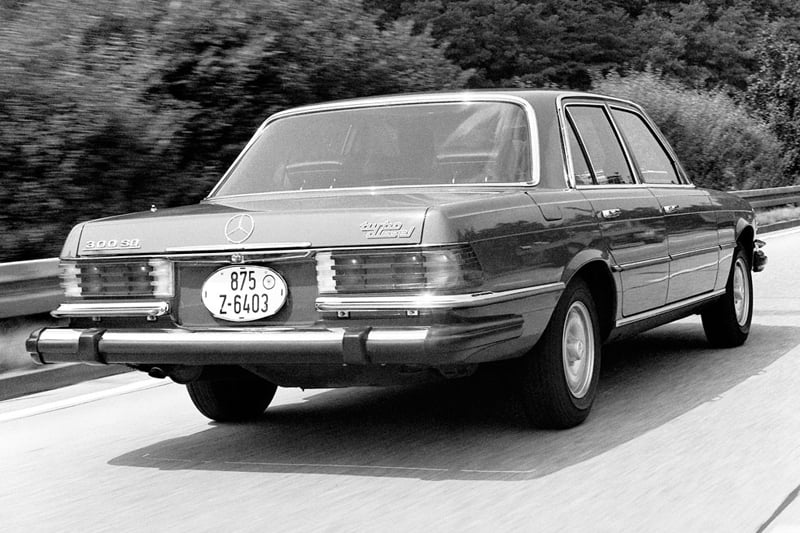
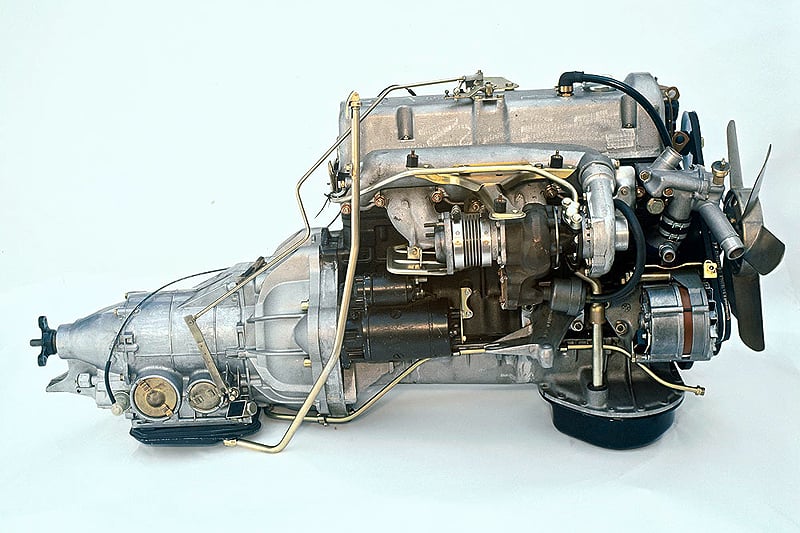
From May 1978, the W116 model range welcomed the 300 SD engine, a forerunner of today's familiar luxury diesel. The 3.0-litre five-cylinder diesel-engined version came complete with a turbocharger – Europe’s first turbodiesel – and was initially tested in the C111 experimental vehicle (top picture).
Advanced air-con
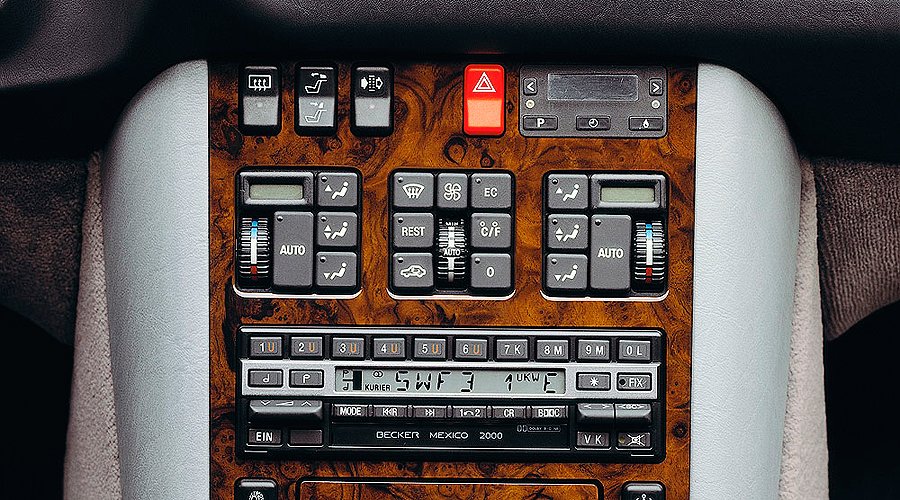
The W140 S-Class which went into production at the start of the 1990s had one of the most advanced air-conditioning systems ever seen in a car. At the time, the joys of separate temperature controls for the driver and front passenger were almost unheard-of; never mind such details as seat heating on all four seats, and the activated carbon filter that took pollutants from the air when the sensor detected them in the cabin.
Unofficial protection
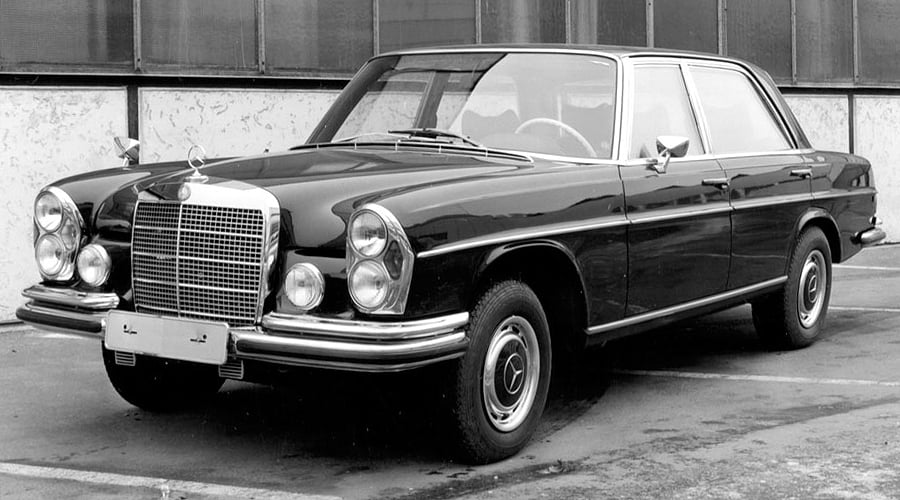
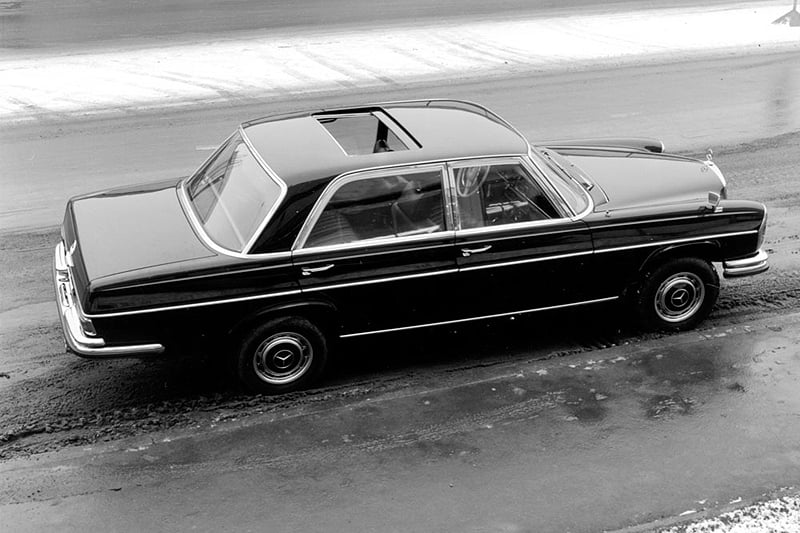
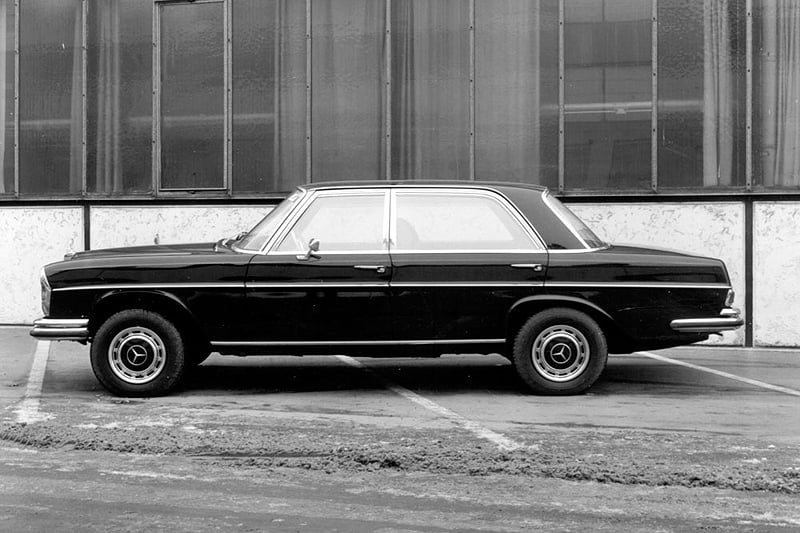
A special version of the W108/109 series 280 SEL 3.5 was made for German diplomatic missions worldwide. For the first time since the days of the 600 Pullman, the Stuttgart company produced a big, armoured saloon in order to protect the then-West German Government’s senior staff in countries seen to be at high risk. South America, for example, was an area where some of the 28 examples were delivered from May 1971 to September 1972.
Photos: Mercedes-Benz
















